Heidi Schreiber-Pan – Rewire the Anxious Brain: Neuroscience-Informed Treatment of Anxiety, Panic and Worry
$219.99 Original price was: $219.99.$43.00Current price is: $43.00.
[Instant Download] – You will receive instant download access after the purchase
- Faculty:
- Heidi Schreiber-Pan
- Duration:
- 6 Hours 19 Minutes
- Format:
- Audio and Video
- Copyright:
- Apr 08, 2020
Description
| Manual – Rewire the Anxious Brain (14.8 MB) | 72 Pages | Available after Purchase |
Outline
Use Neuroscience in the Treatment of Anxiety
- Positives:
- We know more about anxiety-based disorders than any other disorders
- Science gives explanations, evidence, authority, destigmatizes difficulties
- Concerns:
- It can be difficult to explain, answer questions
- Clients may feel a lack of responsibility
- Oversimplification is inevitable
Enhancing Engagement in Treatment
- Don’t neglect the therapeutic relationship!
- Address the challenges of anxious clients
- Remember that strategies are effortful
- Guide the process using client’s goals
- Maintain motivation
Neuroplasticity
- Define Neuroplasticity in everyday language
- Therapy is about creating a new self
- ”Rewiring” as an accessible concept for change
- Re-consolidation: the modification of emotional memories
Identify Two Neural Pathways to Anxiety
- Amygdala – bottom-up triggering of emotion, physicality of anxiety
- Cortex – top-down emotion generation based in cognition
- Explain the two pathways to clients
- How anxiety is initiated in each pathway and how pathways influence each other
Client Friendly Explanations
- Use illustrations to create concrete understanding
- Fight/flight/freeze responses
- The “language of the amygdala”
- Anxiety and the cortex
- Help clients recognize the two pathways to anxiety
Neuroplasticity in the Amygdala (Essential for all Anxiety Disorders, PTSD, OCD, Depression)
- Sleep and the amygdala
- The influence of exercise
- Breathing techniques to reduce activation
- Relaxation, meditation, and yoga to modify responses
- Exposure as opportunities for the amygdala to learn
- Combatting avoidance
- When anxiety indicates that the amygdala can learn new responses
- Push through anxiety to change the amygdala
Neuroplasticity in the Cortex (Essential for GAD, SAD, OCD, PTSD, Depression)
- ”Survival of the busiest” principle – strengthen or weaken specific circuitry
- The healthy (adaptive) use of worry in the cortex
- ”You can’t erase: You must replace”
- Recognize and modify the impact of uncertainty
- Training correct uses of distraction
- Left hemisphere techniques – cognitive defusion, coping thoughts, fighting anticipation
- Right hemisphere techniques – imagery, music
- Mindfulness and anxiety resistances
Neuroplasticity and Medications for Anxiety Disorders, OCD, PTSD, Depression
- Medication’s effects in the rewiring process
- The myth of the chemical imbalance
- The danger of sedating the brain with benzodiazepines
- Promoting neuroplasticity with SSRIs, SNRIs
- The effectiveness of CBT and meds
Moving Beyond Diagnostic Categories to Focus on Anxiety Pathways
- Anxiety is a component of many diagnoses (depression, substance abuse, etc.)
- Amygdala – and cortex-based techniques help in other disorders
- Targeting brain-based symptoms rather than disorders
- Worry, obsessions, rumination respond to similar cortex-based techniques
- Panic, phobic responses, and compulsions respond to amygdala-based techniques
Faculty

Heidi Schreiber-Pan, Ph.D., LCPC. NCC Related seminars and products: 3
Heidi Schreiber-Pan, Ph.D., LCPC, NCC, is a licensed professional clinical counselor in Baltimore, Maryland, where she runs a private practice. She works with various community and faith organizations to merge spirituality and psychology.
Dr. Schreiber-Pan is also affiliate assistant professor at Loyola University Maryland, teaching for the department of Pastoral Counseling, a premier CACREP-approved counseling education program that integrates the pastoral/spiritual, clinical, and scientific dimensions of counseling psychology.
Dr. Schreiber-Pan specializes in anxiety disorders and provides therapy that integrates spiritually and mindfulness. Her workshops and seminars are offered all over the East Coast. She investigated the role of faith in trauma and the effect of nature on psychological well-being and spirituality.
Speaker Disclosure:
Financial: Heidi Schreiber-Pan is in private practice. She receives a consulting fee from Loyola University. Dr. Schreiber-Pan receives a speaking honorarium from PESI, Inc.
Nonfinancial: Heidi Schreiber-Pan is a member of the Association for Counselor Education and Supervision; the American Counseling Association; and Maryland Association for Counseling and Development.
Delivery Method
– After your purchase, you’ll see a View your orders link which goes to the Downloads page. Here, you can download all the files associated with your order.
– Downloads are available once your payment is confirmed, we’ll also send you a download notification email separate from any transaction notification emails you receive from IMC.sale.
– Since it is a digital copy, our suggestion is to download and save it to your hard drive. In case the link is broken for any reason, please contact us and we will resend the new download link.
– If you cannot find the download link, please don’t worry about that. We will update and notify you as soon as possible at 8:00 AM – 8:00 PM (UTC+8).
Thank You For Shopping With Us!
Be the first to review “Heidi Schreiber-Pan – Rewire the Anxious Brain: Neuroscience-Informed Treatment of Anxiety, Panic and Worry” Cancel reply
Related Products
Medical & Health
Medical & Health
[Download Now] Integrating Your Client’s Spirituality in Clinical Practice – Heidi Schreiber-Pan
Medical & Health
Medical & Health
Hannah Smith – Rewire the Anxious Brain: Neuroscience-Informed Treatment of Anxiety, Panic and Worry
Medical & Health
Medical & Health
Marwa Azab – Rewire the Anxious Brain: Neuroscience-Informed Treatment of Anxiety, Panic and Worry

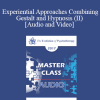
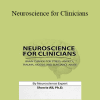
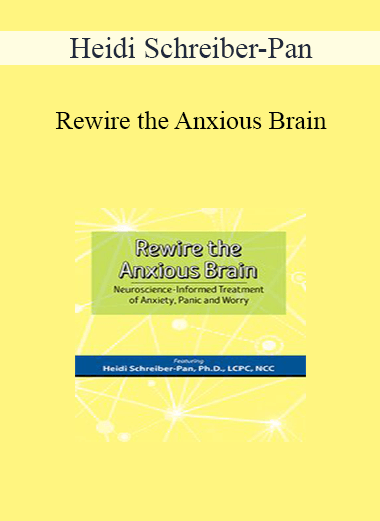
![[Download Now] Rewire the Anxious Brain: Neuroscience-Informed Treatment of Anxiety](https://imc.sale/wp-content/uploads/2022/02/054510.jpg)
![[Download Now] Integrating Your Client’s Spirituality in Clinical Practice – Heidi Schreiber-Pan](https://imc.sale/wp-content/uploads/2022/02/Integrating-Your-Clients-Spirituality-in-Clinical-Practice-–-Heidi-Schreiber-Pan.jpg)
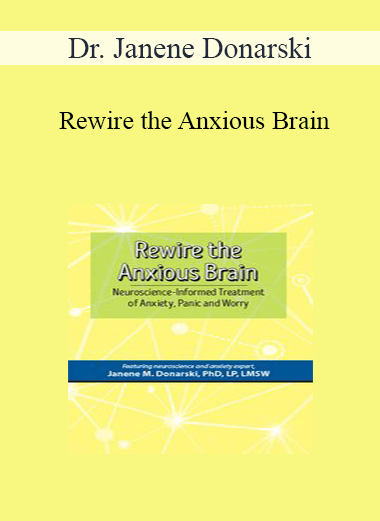
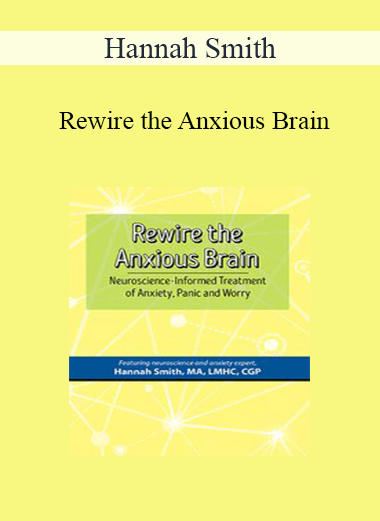
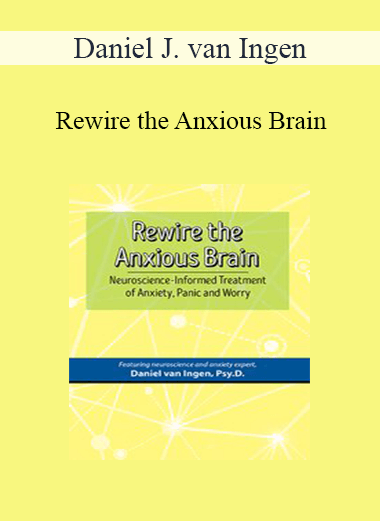
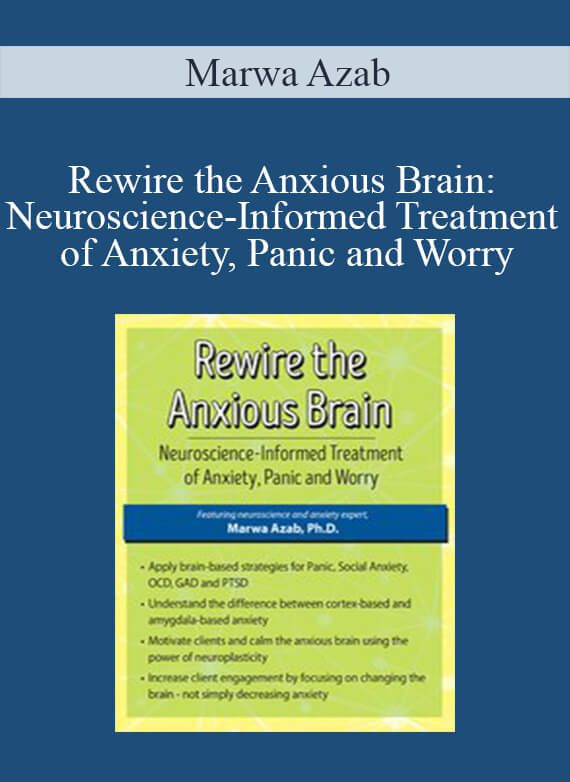
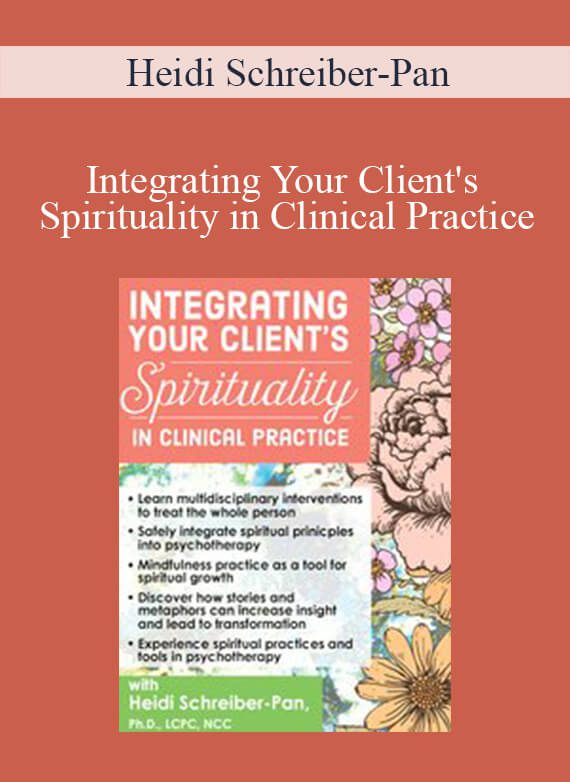
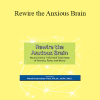
7 reviews for Heidi Schreiber-Pan – Rewire the Anxious Brain: Neuroscience-Informed Treatment of Anxiety, Panic and Worry
There are no reviews yet.